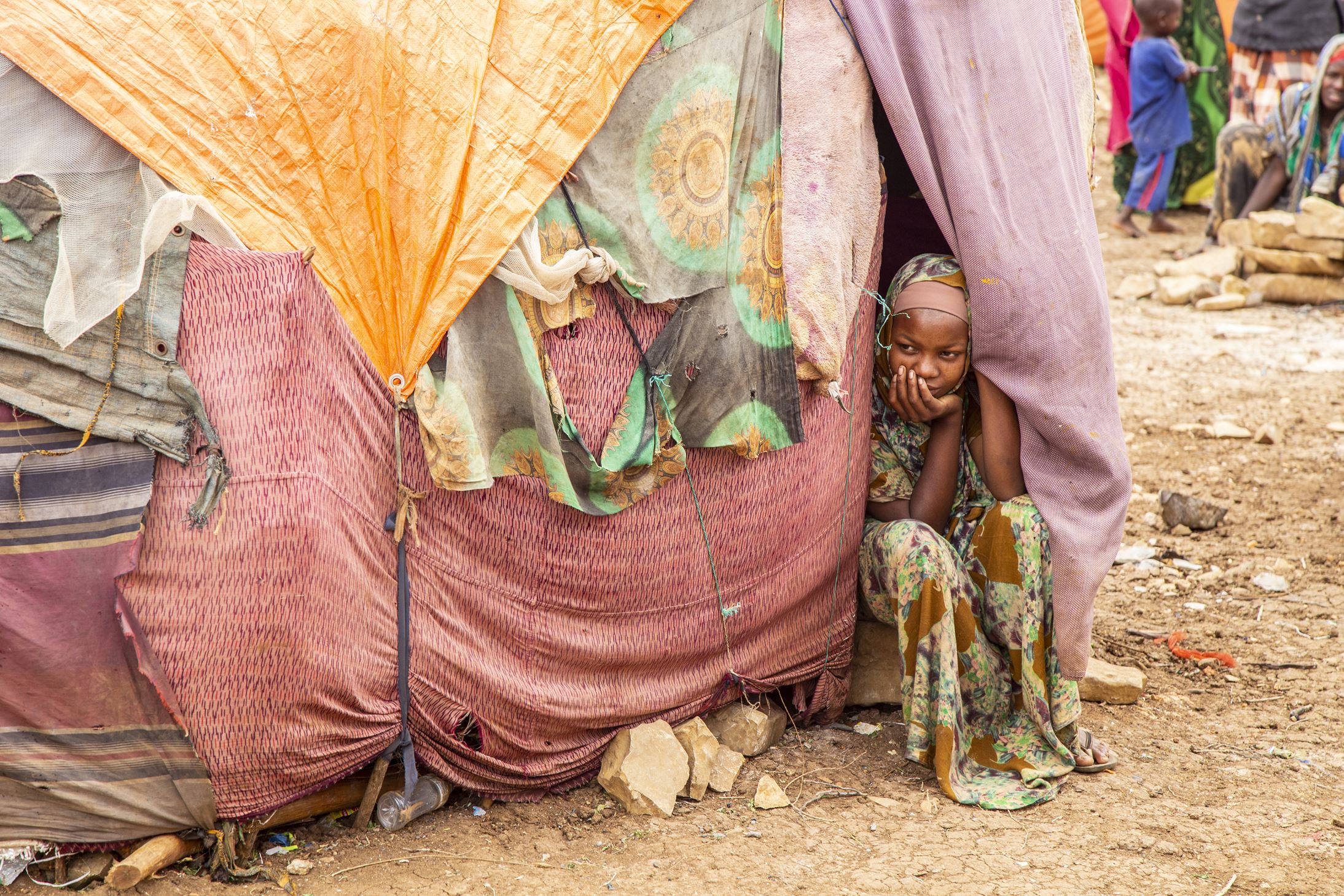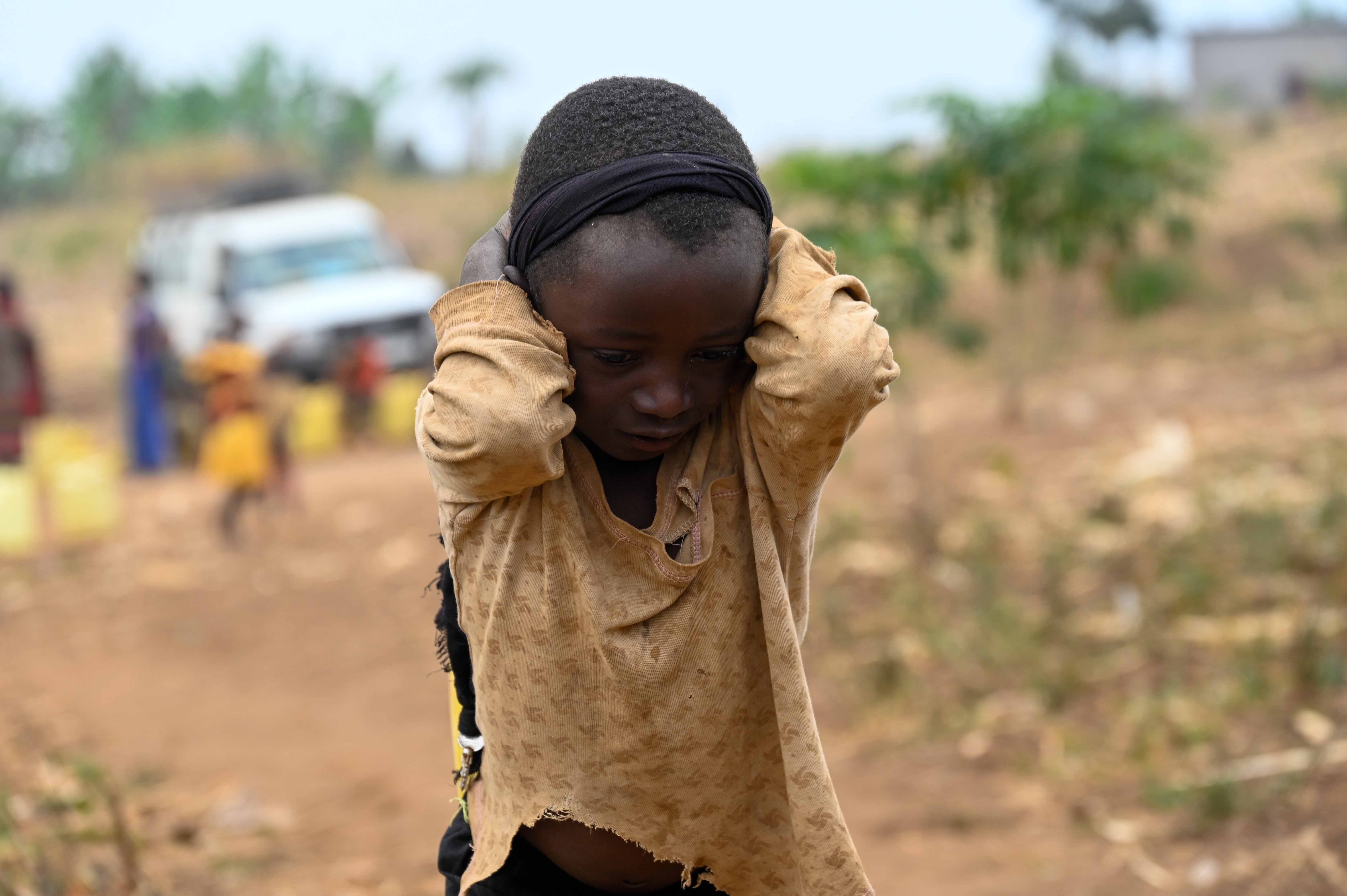
Child-Friendly Spaces
give children a place to experience childhood and a respite from the disruption and anxiety of conflict.


A closer look at the link between conflict, poverty and the refugee crisis
Imagine losing everything, including your home. According to the UNHCR, there are 103 million forcibly displaced people worldwide, with 32.5 million of them being refugees. This number is continuing to rise with ongoing conflict, such as Ukraine, and disasters like the recent earthquake in Turkey and Syria.
Did you know? 1.5 million children have been born as refugees since 2018.
Families are forced to flee their homes to escape conflict, disasters and humanitarian emergencies, with 72% of refugees coming from five countries: Syria, Venezuela, Ukraine, Afghanistan, and South Sudan.
World Vision has been working with communities to tackle poverty at its roots and ensure progress continues long after we’ve left.
Conflict is one of the leading causes of displacement and people becoming refugees. When armed conflicts, civil wars, ethnic tensions, or other forms of violence break out, people are often forced to flee their homes in search of safety.
In many cases, families flee their homes to escape violence or persecution, becoming refugees overnight. Once they have fled, child refugees often face several challenges. They may struggle to find shelter, clean water and food, or to access basic services like healthcare and education.
Child refugees are more vulnerable to abuse, exploitation and extreme poverty.
READ MORE: What is a refugee and what is a refugee crisis?
She was only eight years-old when her family had to flee conflict in their country, Central Africa Republic. Amidst the challenges, she is holding onto the dream of keeping in school and becoming a teacher. But her mum, Claudia, worries, “If there is no money and no possibility to go to school, young boys and men take advantage. They lure the girls with gifts in ways that often lead to sexual abuse.”
Conflict makes poverty. But poverty also makes conflict. Poverty can make countries more prone to civil war; that’s because the high rates of unemployment and inequality, combined with low levels of education can provide more motive for violence and fighting. While armed conflict weakens governance and slows economic growth, increasing the risk of more conflict.
Conflict is closely linked to multidimensional poverty, a term that describes the way that extreme poverty can reach far beyond not having money or an income.
In the context of conflict, multidimensional poverty can look like:
A multidimensional approach uses health, education and standard of living indicators to determine the intensity of poverty experienced. This helps better understand the needs and deprivations faced by poor populations. For example, an area that lacks access to education requires a different poverty reduction strategy from an area with high malnutrition rates.
World Vision recognises that every community has a different need. That’s why we employ local teams to listen to communities, empowering them to work their way out of the cycle of poverty, disasters and exploitation.
READ MORE: What is child poverty?
With children out of school for extended periods, economies suffer from weakened workforces. With neither the stability nor resources to restore normality, a family which was previously struggling with poverty has very few chances to get back on its feet within at least two generations.
Prolonged exposure to violence also has long-lasting psychosocial effects on children, undermining both their physical and emotional wellbeing in both the short and long term.
To help mitigate the effects of conflict, World Vision works in the most fragile countries to add some normalcy to children’s lives.
Across the world today over 36 million children are refugees or have been displaced from their homes. They need support with water, food, shelter, healthcare, education and protection.
As a Christian charity, World Vision focuses on helping the world's most vulnerable children to overcome poverty and experience fullness of life, regardless of religion, race, ethnicity, or gender. With your donations, we can help save and protect children living in danger. You'll help them survive, recover and build a brighter future.

